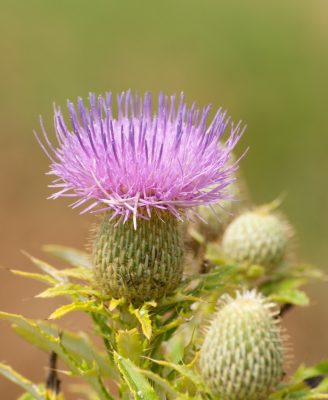The University of Wyoming Extension has released a new, user-friendly resource to help gardeners, landowners, and agricultural producers identify effective weed control options.
The digital guide, which is presented in an easy-to-read table format, offers treatment suggestions for specific Wyoming state-designated noxious weeds, county-declared weeds, and common garden weeds. Potential control methods for each weed are ranked as effective, somewhat effective, and ineffective.

In addition to the table, which lists treatment options for more than 50 weed species, the guide also provides general weed control tips and recommendations for further reading.
“I wanted to create a ‘one-stop shop’ for people trying to treat weed problems,” says Abby Perry, UW Extension educator and author of the new publication. “I also wanted to create something that gave people options for success but also options to avoid and I think this table lets them do that at a glance.”
While the guide was compiled with Wyoming residents in mind, many of the species listed also affect gardeners and producers on a larger regional scale.
Depending on the target species, control options may include hand pulling, tilling, mowing, revegetation or outcompeting, smothering, grazing, herbicide treatments, or biological control. If more than one option is listed as effective, Perry suggests experimenting with a combination of strategies, an approach that often improves overall control.
She also emphasizes that while the peer-reviewed, research-based guide is a handy tool, each person’s situation is unique. “Treatment methods can behave differently in different ecosystems across the state and within different landscape settings,” she advises.
To download a free copy of the new publication, titled “Weed Treatment Options,” visit https://bit.ly/weed-treatment. Contact Perry at ajacks12@uwyo.edu or (307) 328-2642 with questions.
For assistance with weed identification, contact a local extension or weed and pest district office. For advice on creating a comprehensive management plan, contact a local weed and pest office.




